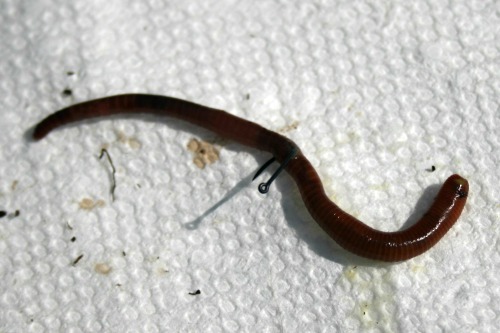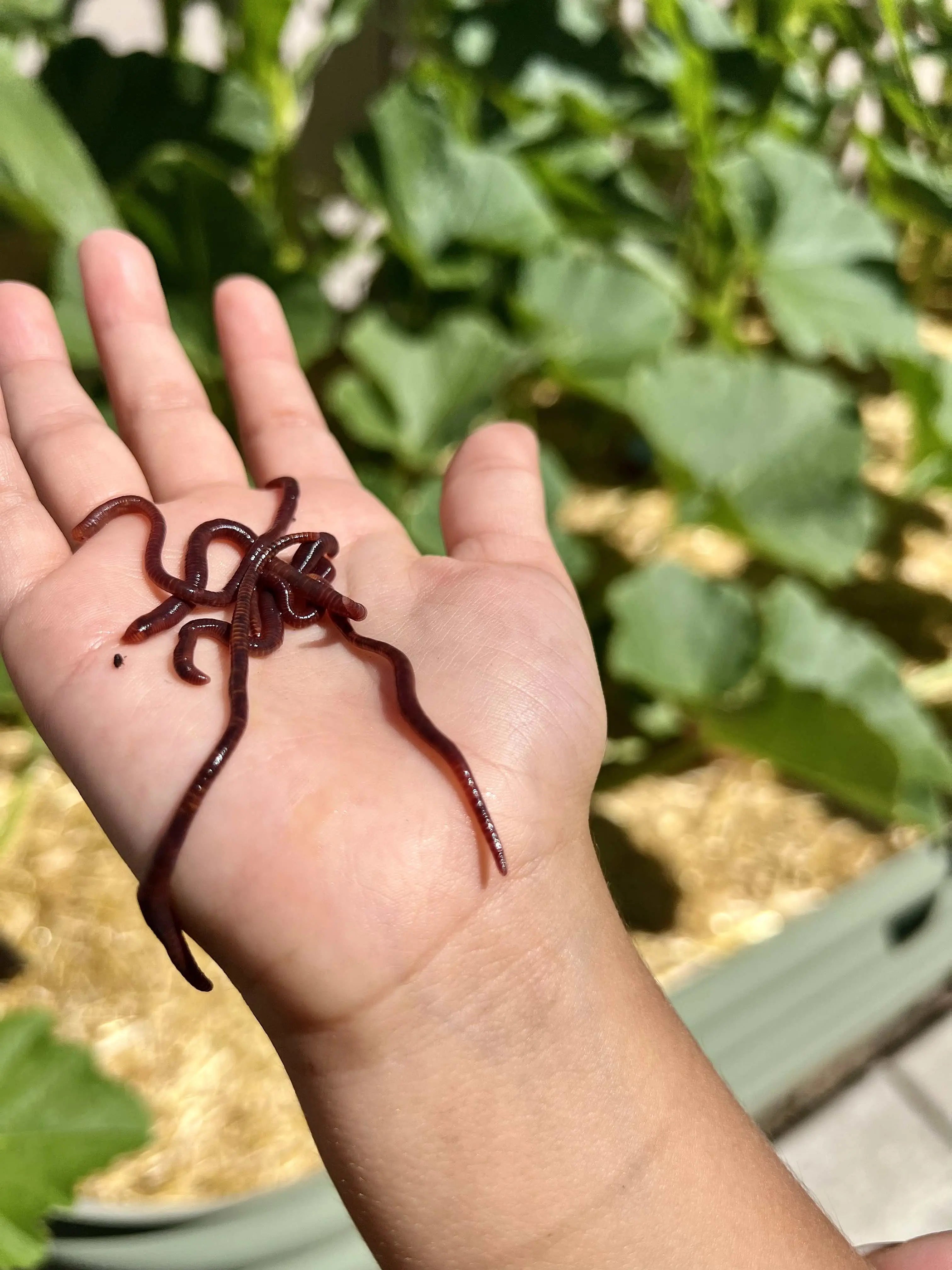Open the Keys of Red Wigglers: Your Guide to Composting Success
The combination of red wigglers into composting practices presents a significant possibility for improving soil wellness and advertising sustainability. Recognizing their requirements and actions is vital for enhancing their potential, from establishing up a suitable worm bin to feeding them the appropriate materials.

What Are Red Wigglers?
(Lake Hickory Bait)Red wigglers, scientifically recognized as Eisenia fetida, are a types of earthworm mostly utilized in composting due to their impressive capability to decompose raw material successfully. These worms are defined by their reddish-brown pigmentation and a fractional body, typically gauging between 3 to 4 inches in size. Unlike other earthworm varieties, red wigglers flourish in abundant, organic environments, making them suitable for vermicomposting systems.
Native to The United States And copyright, they are frequently located in decaying fallen leaves and compost heap, where they play an essential function in nutrient recycling. Their adaptation to living in a moist, cardio environment enables them to take in huge quantities of natural waste, simplifying into nutrient-rich spreadings that boost soil health.
Red wigglers duplicate rapidly, with a solitary worm qualified of producing a number of cocoons weekly, each containing several hatchlings. This fast recreation rate contributes to their performance in composting procedures. They prefer temperatures in between 60 ° F and 80 ° F, and their task degree increases considerably within this array, more aiding in the decomposition process. Recognizing the biology and behavior of red wigglers is essential for maximizing their possibility in composting applications.
Benefits of Using Red Wigglers
Harnessing the power of red wigglers in composting provides countless advantages that boost dirt wellness and advertise lasting waste administration. These exceptional microorganisms effectively break down raw material, changing cooking area scraps and backyard waste right into nutrient-rich vermicompost. This completed product is extremely helpful for plant development, as it boosts dirt structure, enhances moisture retention, and boosts vitamins and mineral schedule.

(Lake Hickory Bait)Furthermore, the visibility of red wigglers in your composting system can speed up the composting process, generating top notch compost in a portion of the time contrasted to standard approaches. The castings generated by these worms are also including valuable bacteria that further improve the soil ecological community.
Establishing Your Worm Bin
Developing an effective worm container is an uncomplicated process that can dramatically improve your composting initiatives. Worm containers can be made from plastic storage bins, wood boxes, or commercially offered worm containers.
Following, prepare the bedding material, which acts as the worms' environment. A mix of shredded paper, cardboard, and coconut coir works well, offering a comfy setting for the worms. Go for a bed linen deepness of regarding 4-6 inches. Dampen the bed linens gently, guaranteeing it resembles a moist sponge without excess water pooling near the bottom.

Feeding Your Red Wigglers
To guarantee the health and efficiency of your red wigglers, it is essential to offer them with a balanced diet regimen that fulfills their nutritional demands. Red wigglers flourish on a varied variety of natural materials, which not only supply required nutrients however also advertise effective composting.
Begin by incorporating kitchen scraps such as vegetable peels, fruit cores, and coffee premises. Avoid citrus fruits, onions, and garlic, as these can be harmful to worm wellness. In addition, introduce shredded paper, cardboard, and dry leaves to produce a well-aerated atmosphere.
Feeding frequency should be checked; usually, worms can eat half their body weight in food weekly. It is crucial to prevent overfeeding, as excess food can lead to unpleasant odors and draw in insects. An excellent practice is to add food in percentages, permitting worms to process it prior to presenting more.
Keeping dampness degrees is additionally crucial; the bed linen should be damp yet not soggy. Be certain learn this here now to routinely examine the temperature and pH levels of the container to ensure an optimum setting for your red wigglers, eventually boosting their composting effectiveness.
Harvesting and Using Garden Compost
A successful composting procedure with red wigglers finishes in the abundant, dark garden compost referred to as vermicompost, which can considerably boost soil health and wellness and plant growth. Gathering this nutrient-dense material typically takes place every 3 to 6 months, depending on the dimension of your system and the amount of organic issue being processed.
To gather, delicately separate the compost from the worms and any kind of undecomposed materials. One effective approach involves moving the contents of the container away and including fresh bedding and food to the void, urging the worms to migrate. After a few days, the compost can be gathered from the opposite side.
It is essential to make use of vermicompost correctly to optimize its benefits. It can be used as a leading dressing for garden beds, blended into potting soil, or made into a nutrient-rich fluid plant food referred to as "worm tea." This application technique assists to supply necessary nutrients directly to plant origins, promoting much healthier development. By integrating vermicompost right into your horticulture routine, you not only reuse natural waste however also create a thriving community that sustains lasting gardening techniques.
Final Thought
In summary, red wigglers act as outstanding allies in composting efforts, changing organic waste right into nutrient-rich vermicompost (Red Wiggler Express). Their one-of-a-kind biological attributes and reliable waste processing capacities add considerably to lasting gardening methods. By comprehending the ideal conditions for their habitat, feeding needs, and compost harvesting methods, gardeners can boost soil health and wellness and promote plant vigor. Embracing vermicomposting not just lowers land fill waste yet likewise cultivates a much more ecologically liable method to horticulture and resource monitoring.